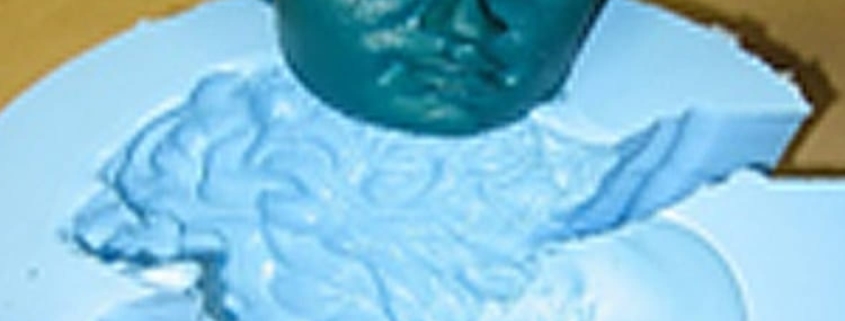CURING TWO PART SILICONE
Curing Two Part Silicones for Potting, Encapsulating and Mold Making
- Two-part silicones are used for potting electronic assemblies, encapsulating electronic components, and making molds for cast urethane rubber.
- Each part contains functional ingredients, and the two parts are mixed together in a specific ratio.
- The entire system requires curing so that the silicone hardens and acquires its end-use properties.
- Curing, the crosslinking of polymer chains, is a chemical reaction that is accelerated using a catalyst. Sometimes, post-curing is also used.
Addition Cure Silicones
Silicone elastomers are designed with either addition (platinum) cure or condensation (tin) cure chemistry. Addition curing systems are 2-part liquid silicones that utilise a platinum catalyst to cure by either room temperature vulcanisation (RTV) or heat to accelerate cure.
Addition cure silicones do not produce by-products during the crosslinking (curing) process. The cure chemistry takes place internally, making them ideal for moulds or parts that are manufactured in a sealed environment. Addition cure silicones have very low shrinkage properties with great dimensional stability when exposed to either humidity or heat. This type of chemistry should be considered if the final mould will be stored for long periods of time between use.
Properties include:
- Extensive range of durometers/hardnesses
- Compatible with silicone fluids to increase softness
- Can be heat cured
- Casting resin resistance
- Low shrinkage, below 0.1%
- High tear and tensile strength
- Good abrasion resistance
- Excellent dimensional stability resulting in durable moulds
- Fine detail reproduction
- Food grades available
Addition cure silicones can be used with various resins and materials including concrete, stone, brick, fibre glass filled resin, polyurethane, polyester, acrylic resin, and even another addition cure silicone.
Applications:
General mouldmaking, Prototyping, Dental replication, Food moulding, Architectural replication & sculpting, Composites/fibre glass part production, Tampo pad printing, Special effects, Prosthetics & orthotics
Avoiding inhibition with addition cure silicones
When working with addition cure silicones, it is important to avoid inhibiting the cure process by bringing the uncured material into contact with certain chemical compounds. The poisoning of the cure catalyst stops the crosslinking necessary for the silicone to properly cure. The result of inhibition is tackiness at the pattern interface or a total failure of the silicone to cure.
Materials known to inhibit cure are sulphur-containing modeling clays, natural rubber such as latex and rubber gloves, masking tape, amine or sulphur-containing material, condensation cure (tin-catalysed) silicones, PVC stabilizers, and epoxy resin catalysts.
TIN CATALYST CURING
- For liquid silicone rubber cured with a tin catalyst, it could be assumed that the tin catalyst does not respond to heat.
- Only the addition of more catalyst or the crosslinker will increase the speed of the curing.
- The higher the quantity of reactants used, the higher the amount of heat evolved during the curing process and the faster the curing process will be.
- The amount limit of the catalyst or the crosslinker will depend on the reaction temperature; if it is too high, it could cause degradation in the silicone rubber, so the final product would have lower mechanical properties than desired.
- The resultant temperature profile also depends on the thickness of the final product: the thicker the part, the lower the initial temperature of the reaction will be and the slower the temperature will be increased due to the slower thermal conduction but after some time the overall temperature will be higher in comparison with standard thickness products.
PLATINUM CATALYST CURING
- For liquid silicone rubber cured with a platinum catalyst, the increase of the processing temperature has an effect similar to increasing the amount to be cured.
- To optimize the speed in this case, in general, it could be said that for every ~10°C, the cure rate could be increased in approximately 20-25%.
- If the built-up temperature is not well controlled, the probability of degradation will be higher. It is recommended that if the processing temperature is increased, the amount of curing agent should not be increased at the same.
- First, it is necessary to analyze the effect of specific temperature on the cure speed and then, an adjustment of the curing agent.




Leave a Reply
Want to join the discussion?Feel free to contribute!